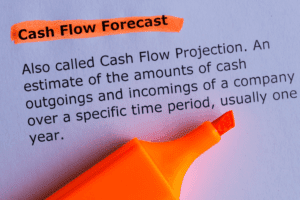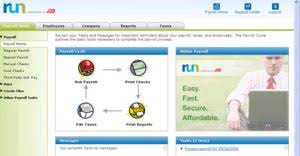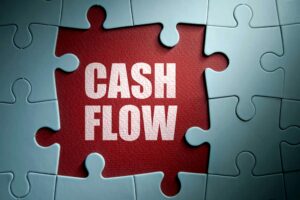
On the income statement, depreciation reduces a company’s earning before taxes (EBT) and the total taxes owed for book purposes. Depreciation Tax Shields are available to businesses that own depreciable assets, like buildings, machinery, and equipment. Anything you purchase for business use can be subtracted as an expense on your corporate tax return. Some assets you might deduct instantly on the purchase, while other possessions have a long term life.

BAR CPA Practice Questions: Calculating Foreign Currency Translation Adjustments

To increase cash flows and to further increase the value of a business, tax shields are used. This tax shield reduces the company’s taxable income by $12,500 each year, effectively lowering its tax liability. The concept of depreciation tax shield deals with the process in which there is a reduction in the tax amount to be paid on the income earned from the business due to depreciation. In the process, the amount of depreciation is used to reduce the income on which tax will be charged, thus bringing down the contribution margin amount of tax payment.
- It represents the tax savings generated because depreciation, a recognized expense, decreases the profit on which taxes are calculated.
- The tax shield refers to the amount of tax that has been saved by claiming depreciation as an expense.
- A depreciation tax shield represents the tax savings a company achieves by deducting depreciation expense from its taxable income.
- A Tax Shield is an allowable deduction from taxable income that results in a reduction of taxes owed.
- Essentially, less tax means more cash on hand for the company to invest or spend in other areas of the business.
Examples of Depreciation Tax Shields
The Depreciation Tax Benefit reflects the money saved on Income Taxes due to Depreciation Expense. As a cost of borrowing, the borrower must make Interest payments for the benefit of borrowing. Private Equity Funds typically use large amounts of Debt to fund acquisitions. The Debt used in the purchase creates Interest Expense that reduces the Financial Forecasting For Startups acquired Company’s Tax bill. There are a variety of deductions that can shield a company (or Individual) from paying Taxes.

Accelerated Depreciation
It also provides incentives to those interested in purchasing a home by providing a specific tax benefit to the borrower. The booked Depreciation Tax shield is under the Straight Line method as per the company act. The net benefit of accelerated depreciation when we compare to the straight-line method is illustrated in the table below.

A tax rate can be understood as a fraction at which a single or corporation pay tax or dues. One can comprehend depreciation as the expensing of the charge of an asset involved in creating revenues through beneficial life. Julia Kagan is a financial/consumer journalist and former senior editor, personal finance, of Investopedia.

- The purpose of this technique is to allow for some financial relief to businesses.
- Instead, you should add back the original expense multiplied by one minus the tax rate.
- For tax purposes, depreciation is considered a business expense, and businesses are allowed to deduct it when calculating their taxable income.
- Consequently, it is crucial for businesses to understand and follow the specific tax codes applicable in their area to avail of this benefit and avoid legal complications.
- Therefore, while the company paid $100,000 for the machinery, the actual after-tax cost is effectively lowered to $73,000 ($100,000 – $27,000) thanks to the depreciation tax shield.
When filing taxes, ensure you’re claiming these deductions to save money during tax season. Meanwhile, the company maintains its own depreciation calculations for financial statement reporting, which are more likely to use the straight-line method of depreciation. This alternative treatment allows for the use of simpler depreciation methods for the preparation of financial statements, which can contribute to a faster closing process. When depreciation expense is recorded on the income statement, it lowers the company’s earnings before taxes (EBT). The sum by which depreciation shields the depreciation tax shield is best defined as the: the taxpayer from income taxes is the appropriate tax rate. Anyone preparing to use the depreciation tax shield should deliberate the use of accelerated depreciation.
Leave a Reply